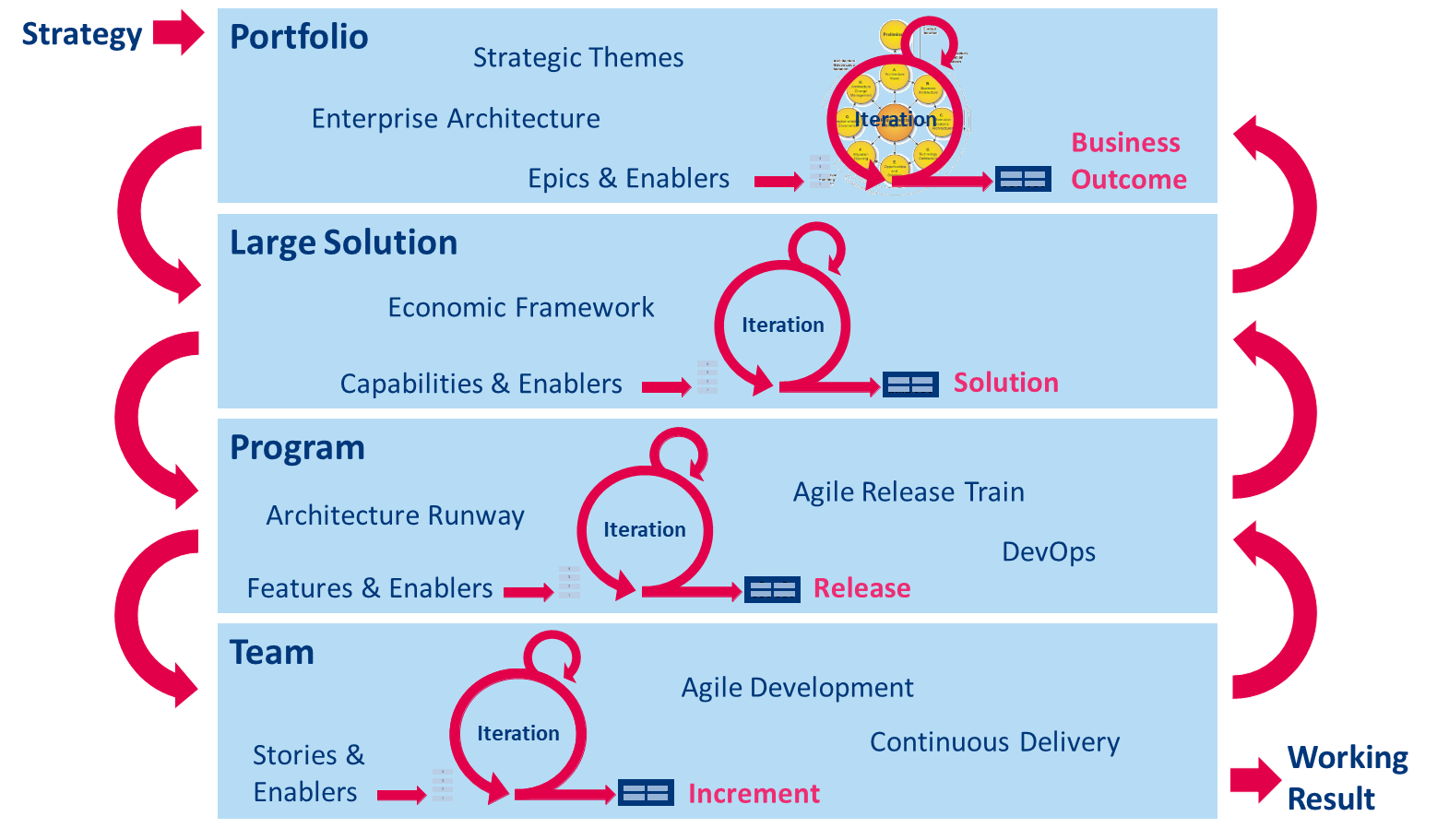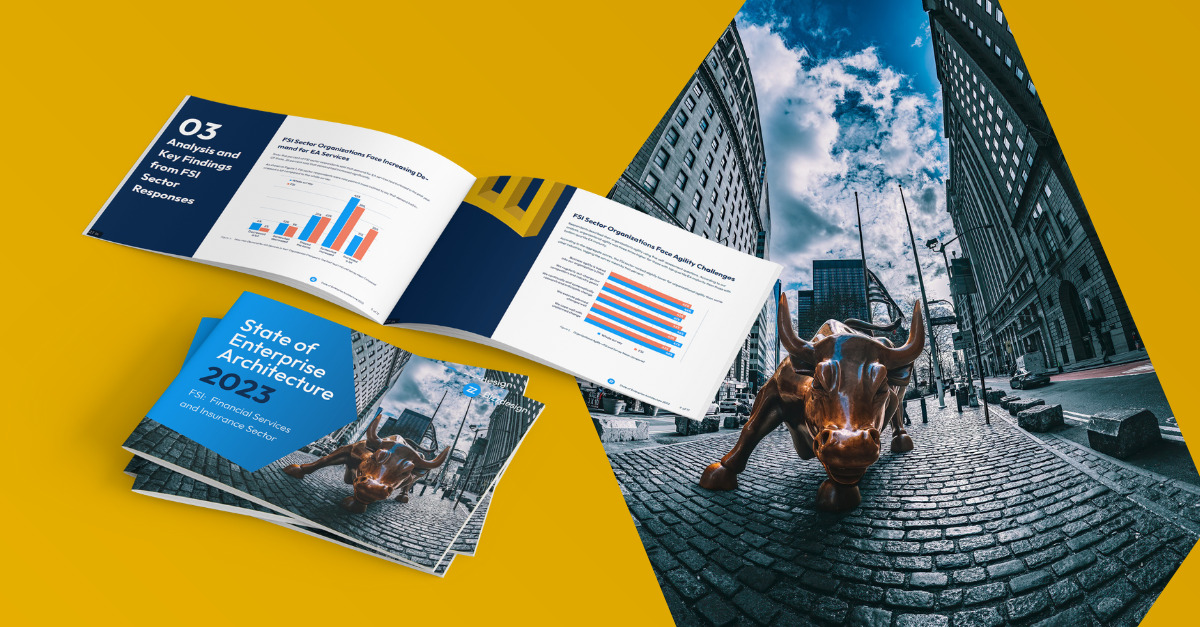
Unveiling the Future: Gartner's Insights on Enterprise Architecture Tools in 2023
Introduction
In today's fast-paced and ever-evolving business landscape, enterprise architecture plays a crucial role in ensuring the success and sustainability of organizations. As technology continues to advance at an unprecedented rate, enterprise architecture tools have become indispensable for businesses striving to stay ahead of the curve. Gartner, a renowned research and advisory firm, has been at the forefront of analyzing and evaluating these tools to provide valuable insights for decision-makers. In this article, we will delve into Gartner's predictions for enterprise architecture tools in 2023 and explore the top tools that are set to shape the future of this field.

The Importance of Enterprise Architecture Tools
Enterprise architecture tools are essential for organizations looking to optimize their operations, enhance efficiency, and drive innovation. These tools enable businesses to align their IT infrastructure with their strategic goals, identify areas for improvement, and make informed decisions based on accurate data analysis. With the increasing complexity of modern enterprises and the growing reliance on technology, having robust enterprise architecture tools is no longer a luxury but a necessity.
Gartner's Monitoring Magic Quadrant 2022: A Sneak Peek into the Future
Gartner's annual Monitoring Magic Quadrant is highly anticipated by industry professionals as it provides valuable insights into the top players in the enterprise architecture tools market. The 2022 edition showcased some noteworthy trends and advancements that are likely to continue shaping the industry in 2023.
Gartner Monitoring Magic Quadrant 2022: Key Findings
- The increasing adoption of cloud-based solutions: Cloud-native monitoring tools emerged as key players in 2022, offering scalability, flexibility, and cost-efficiency.
- AI-powered analytics: Artificial Intelligence (AI) and Machine Learning (ML) capabilities became integral features of leading enterprise architecture tools, enabling advanced analytics and predictive modeling.
- Integration with DevOps practices: Tools that seamlessly integrated with DevOps processes gained prominence, as organizations aimed to bridge the gap between development and operations.
Gartner's Monitoring Magic Quadrant 2023: What to Expect
Building upon the insights from 2022, Gartner's upcoming Monitoring Magic Quadrant for 2023 is set to shed light on the latest developments in enterprise architecture tools. While we eagerly await its release, we can make some educated predictions based on current industry trends and emerging technologies.
Gartner Monitoring Magic Quadrant 2023: Predicted Trends
Top Enterprise Architecture Tools of 2023
Based on Gartner's evaluation criteria and industry trends, let's explore some of the top enterprise architecture tools that are poised to make a significant impact in 2023.
Tool 1: XYZ Enterprise Architect
- Description: XYZ Enterprise Architect is a comprehensive tool that offers a wide range of features to support all aspects of enterprise architecture. It provides robust modeling capabilities, advanced analytics, and seamless integration with cloud platforms.
- Key Features:
- Cloud-native architecture for scalability and flexibility.
- AI-powered analytics for data-driven insights.
- Collaborative features for enhanced teamwork.
- Integration with popular DevOps tools.
- Why it's a top tool: XYZ Enterprise Architect stands out for its ability to cater to the diverse needs of organizations across industries. With its extensive feature set and user-friendly interface, it empowers businesses to drive innovation and achieve their strategic objectives.
Tool 2: ABC Architecture Studio
- Description: ABC Architecture Studio is a cutting-edge tool that focuses on providing real-time visibility into an organization's IT landscape. It offers powerful visualization capabilities, seamless integration with popular cloud platforms, and advanced automation features.
- Key Features:
- Real-time monitoring and analytics for proactive decision-making.
- Automated discovery and mapping of IT assets.
- Integration with leading cloud providers for centralized management.
- Intuitive visualization tools for clear insights into complex architectures.
- Why it's a top tool: ABC Architecture Studio stands out for its emphasis on real-time monitoring and automation. By providing granular visibility into IT landscapes, it enables organizations to identify bottlenecks, optimize performance, and maximize efficiency.
These are just two examples of the top enterprise architecture tools predicted to dominate the market in 2023. However, Gartner's Monitoring Magic Quadrant will provide a comprehensive analysis of various tools, their strengths, weaknesses, and overall suitability for different organizational needs.
FAQs about Enterprise Architecture Tools
Q1: What are enterprise architecture tools?
A1: Enterprise architecture tools are software applications that help businesses analyze, design, and manage their IT infrastructure. They enable organizations to align their technology systems with their strategic goals and ensure efficient operations.
Q2: Why are enterprise architecture tools important?
A2: Enterprise architecture tools play a crucial role in enabling organizations to optimize their operations, identify areas for improvement, and make informed decisions. They provide valuable insights into an organization's IT landscape, facilitate collaboration, and drive innovation.
Q3: How do enterprise architecture tools integrate with DevOps practices?
A3: Enterprise architecture tools that seamlessly integrate with DevOps practices enable organizations to bridge the gap between development and operations. They facilitate continuous integration, automated testing, and streamlined deployment processes, resulting in faster time-to-market and improved software quality.
Q4: What role does AI play in enterprise architecture tools?
A4: AI-powered capabilities have become integral to modern enterprise architecture tools. AI enables advanced analytics, anomaly detection, intelligent automation, and predictive modeling. These features help organizations gain valuable insights from data, automate repetitive tasks, and make data-driven decisions.
Q5: Can enterprise architecture tools improve data security?
A5: Yes, enterprise architecture tools can enhance data security by providing robust frameworks for managing access controls, encryption, and compliance. They enable organizations to identify vulnerabilities, monitor security threats in real-time, and implement proactive measures to protect sensitive data.
Q6: How do enterprise architecture tools support collaboration?
A6: Collaboration is essential in today's interconnected business landscape. Enterprise architecture tools offer features such as shared repositories, version control systems, and communication channels to facilitate seamless collaboration among teams. This enables effective knowledge sharing, improves decision-making processes, and fosters innovation.
Conclusion
As we look towards the future of enterprise architecture tools in 2023, it is clear that these tools will continue to evolve and adapt to the changing needs of organizations. Gartner's insights provide valuable guidance for decision-makers seeking the best solutions for their businesses. With the right enterprise architecture tool at their disposal, organizations can optimize their operations, drive innovation, and stay ahead of the competition in an increasingly digital world. So, stay tuned for Look at this website Gartner's Monitoring Magic Quadrant 2023 Click here for more to uncover the top tools that will shape the future of enterprise architecture!